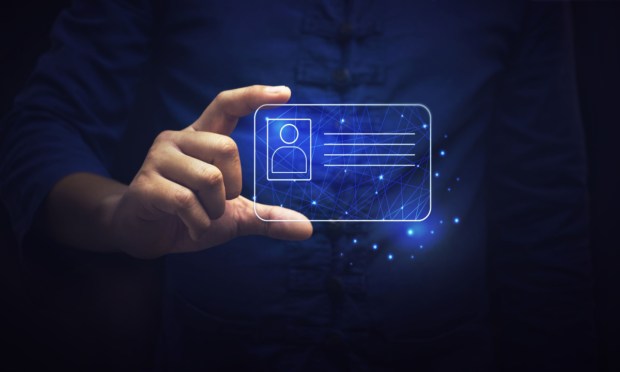
In today’s increasingly digital world, it has gotten to the point where the physical wallet’s main purpose is becoming just to carry physical ID cards.
But, as the rest of the world goes digital, why haven’t IDs followed?
The answer lies in a mix of infrastructure, regulatory, and interoperability challenges — challenges that are increasingly being challenged themselves by the forward march of digital transformation.
This, as there are now over 20 U.S. states working toward adopting mobile driver’s licenses for their citizens. Already, Arizona, Colorado, Georgia and Maryland support mobile IDs on the iPhone’s Apple Wallet, while the TSA is currently running a pilot program for accepting digital IDs, and even touchless biometric access, at some airports.
Utah, California and Iowa have all issued their own form of state-sponsored mobile IDs that run on their own native platforms, versus a third-party digital wallet, and are accepted by the Department of Homeland Security for domestic air travel.
The interest in digital IDs lies in the potential for digitized identity documents to serve as a critical tool in combating 21st century fraud, while providing a more foolproof and secure way of verifying identities across an ever-more digital landscape.
That they can make everyone’s’ lives a little bit easier is both endemic to their use, and an added benefit.
Read more: Digital Identity Becomes New Currency as Companies Turn IDs into Payments Credentials
This past August, the National Institute of Standards and Technology (NIST) launched the Accelerate Adoption of Digital Identities on Mobile Devices initiative, meant to address key questions and challenges endemic to government-issued digital IDs, including a lack of standardization and potential privacy risks.
In an era where digital interactions dominate, establishing trust is paramount. Digital identities, through biometric data and multi-factor authentication, fortify the security of transactions. This not only protects users from identity theft but also strengthens the overall trustworthiness of digital payment systems.
As PYMNTS CEO Karen Webster wrote Sept. 18, digital transformation is about the physical world becoming an extension of the digital world, not a bolt-on or a separate channel that is the stutter step to the analog processes that define business today. That’s what makes digital IDs so crucial.
Within the context of payments, digital identities can help play the crucial role of verifying the identity of individuals and enabling trust between peers, reducing fraud and ensuring compliance with financial regulations.
The technology, after all, is there for digital IDs to scale. The adoption piece is what needs to be solved for.
“We never really thought about, what does it mean to identify a person on the internet in a way that is portable … Nothing is really practicable without a strong way to do identity … you have to know who people are, and you have to know who you can trust. All the roads in are around digital identity,” Mike Brock, CEO of TBD, a business from Block, told PYMNTS in November.
See also: Network Tokenization and Digital Identities Are Quietly Transforming Payment Security
Still, for digital IDs to make a dent in the mountain of paper and plastic documents that currently serve as the primary means of governmental identity, they will need to overcome entrenched behavioral preferences and fears about the safety of personally identifiable information (PII).
It’s a situation familiar in the payments landscape, where paper checks and even cash are still widely used despite the benefits and conveniences of digital transactions.
“We still have to have a lockbox for checks, you still have people out there doing things on carbon copy paper and writing it down, and the thing about payments is everyone still wants to do it every way,” Jordan Wagner, vice president and general manager at Torque by Ryder, told PYMNTS in an interview posted in July. “We’re really trying to get away from phone calls and checks, but the reality is that in this space, there are still plenty of people who want to do it the old-fashioned way. The old channels are still very, very prevalent,”
Still, the learnings from each sector — payments and identity — can, in an ideal world, reinforce each other as both seek broader adoption.
“With the world that we live in, digital identities are becoming more used than physical driver’s licenses or physical passports,” ACI Worldwide Global Fraud Prevention Risk Services VP Erika Dietrich told PYMNTS.